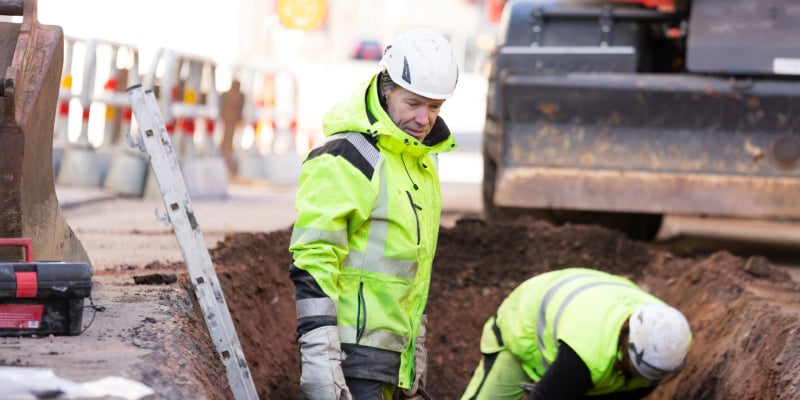Taking Care of the Crew While Managing Underground Lines
Back to Top
If there’s one thing utility line workers pride themselves on, it’s safety.
Preparation, equipment, procedures—these crew members and the utilities that employ them take every step possible to protect themselves on the job.
But, hey, there’s always an opportunity for improvement, right?
That's why, as we honor utility line workers, S&C is also celebrating innovations that are enhancing crew operations, including those that help where some challenges are hidden: underground.
The Lowdown on the Underground
Underground infrastructure is expanding, and it’s easy to see why. Undergrounding offers aesthetic benefits (i.e., no more overhead wires) and it increases resilience against weather-related events (i.e., no more tree branches falling on those overhead wires).
The logic here is sound:
- Storms are getting worse, so …
- Residential outages are more common, so ...
- Utilities want to reduce those outages, so …
- They’re undergrounding residential lines.
Undergrounding Challenges
The many benefits of undergrounding don’t mean the operation of underground systems is without its challenges—particularly for the crews who work on them.
When a fault occurs on an underground residential loop, emergency crews deploy to start restoring power. But before they can start to restore power, they must first locate and isolate the fault. This can be a time-consuming and complicated process, rife with challenges like:
- Finding and accessing transformers
- Getting to transformers that may be in residential backyards, where worker intrusion can sometimes be … less than welcome
- Encountering potential exposure to medium voltage during fault-finding and fault-isolating operations
Streamlining Fault Detection and Reducing Crew Exposure
The ideal solution to improve both residential resilience and to take care of the crews would eliminate the need for manual fault-finding. This solution would instead automate the process of fault location, isolation, and service restoration.
Enhance Operations with Automated Restoration
S&C's EdgeRestore® Underground Distribution Restoration System is that solution for URD loops. The world’s first fault-restoration solution for URD systems works by:
- Detecting overcurrent and loss-of-voltage events
- Performing automated switching operations to isolate faults and restore power
This automated restoration solution helps the crew by:
- Isolating faults automatically so crews don’t need to
- Completing switching operations in less than 60 seconds of an event—before crews arrive to investigate
- Reducing medium voltage exposure by eliminating the need to pull live elbows
- Using clear visual indicators to show crews the open or closed state of each bushing well interrupter, and to alert them to the presence of voltage on either side of transformer primaries
- Allowing field crews to initiate a loop’s return-to-normal switching operation after cable fault repairs
A Call to Action, A Celebration of Safety
As we continue to celebrate National Safety Month, let's work together to implement solutions that can make a real difference in the lives of utility line workers and end users.
With innovations such as S&C's EdgeRestore system, we can create a brighter, safer future for those who keep our lights on.
Looking for ways to increase reliability and resilience for your underground lines?
Connect with us to see how the EdgeRestore® Underground Distribution Restoration System can help.